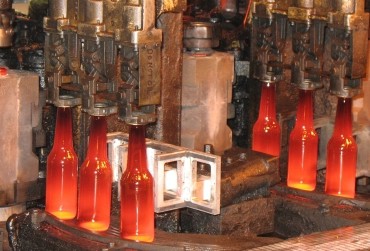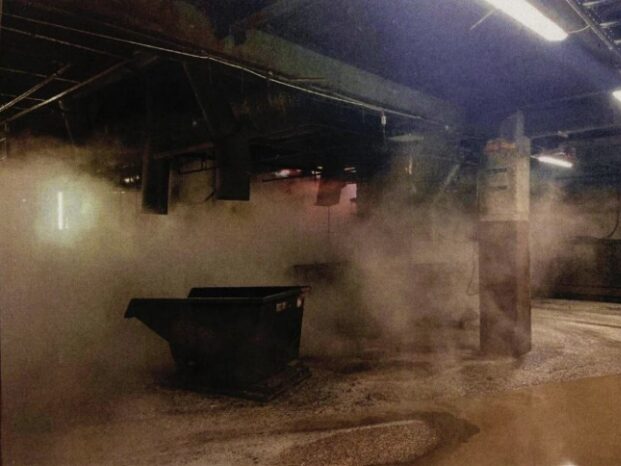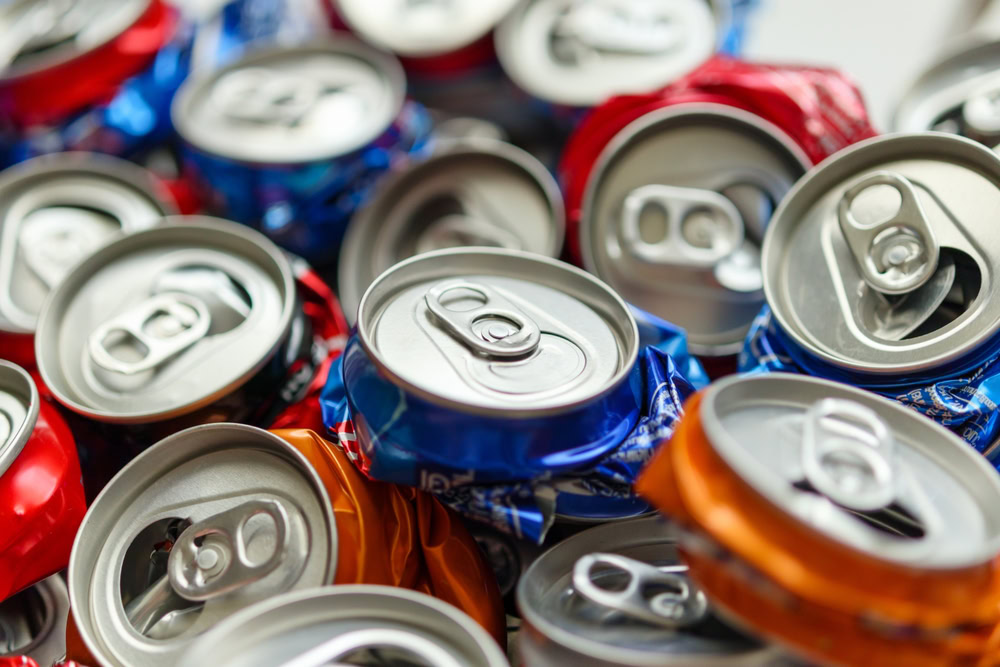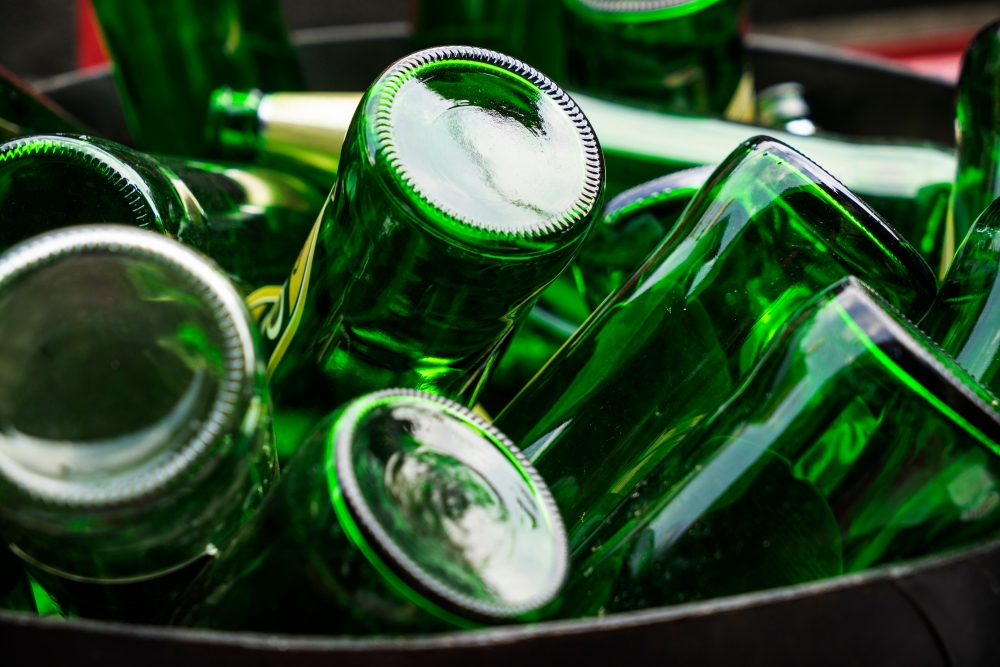End of Waste criteria for glass have been adopted by the European Commission in a move which has been welcomed by the glass industry.
The criteria appear to say that for end of waste to be achieved, the glass cullet must be of a quality suitable for remelting into bottles or other products such as fibreglass. But, cullet sent for use in aggregates would still count as waste and it remains to be seen whether this would affect the UKs counting of this material as recycled.

Despite yesterdays (July 9)agreement on glass, there was no agreement over separate criteria for paper and copper, which were also considered by the Commission.
End of Waste criteria specify when certain waste ceases to be waste and obtains the status of a product or a secondary raw material. At present, a number of quality protocols exist in the UK defining when certain products cease to be a waste, but these are being superseded by European End of Waste criteria being developed under the revised Waste Framework Directive.
In March 2011, the EU agreed its first End of Waste criteria, for aluminium, iron and steel (see letsrecycle.com story). And, at a meeting of the Commissions Technical Adaptation Committee yesterday, a set of criteria was agreed for glass cullet.
Importantly, the criteriaindicate that only glass cullet suitable for remelt will qualify for end of waste status, meaning that itcould make remelt applications more attractive. And, it could also have implications for the PRN system.
Limits
The criteria were drawn up by the European Commissions Joint Research Centre -the EUs scientific and technical research laboratory -and state that glass cullet must comply with a customer specification, an industry specification or a standard for direct use in the production of glass substances or objects by re-melting in glass manufacturing facilities.
The criteria place limits on the amount of contaminants such as metals, organics and stones which can be contained in glass cullet in order for it to be classed as a secondary raw material.
According to the JRC, it is estimated that more than 80% of glass collected across Europe will meet end of waste criteria after proper sorting and treatment, to be re-melted into newly manufactured glass products.
A spokeswoman for the Commission told letsrecycle.com:”The meeting took place and the end of waste criteria for glass cullet (waste glass) were adopted. However, no qualified majority for copper and paper was achieved.
The spokeswoman added that the legal proposal will be sent now to the European Parliament so that it can exercise its right of scrutiny. Final adoption is expected in the coming months, and the EoW regulation will enter into force 6 months after the date of the final adoption.
British Glass
The agreement on glass, and the requirement for remelt quality, was welcomed by British Glass, which represents the UK glass industry and has helped the JRC in the development of the proposals.
British Glass has long been campaigning for more re-melt quality glass to be collected in the UK, because the amount has steadily been declining. Since 2009, more glass cullet has been used for aggregates in the UK than for container manufacture, despite providing less environmental benefit in carbon terms.
Rebecca Cocking, head of container affairs at British Glass, said: We are very pleased with the outcome, especially as what the JRC put forward and what the Commission adopted is an end of waste specification set to a remelt specification, which means it is focused on greater environmental benefit.
Fibreglass
Ms Cocking explained that the quality needed for remelt varied depending on the application glass was sent to, with flat window glass requiring a high standard of cullet at one end of the scale and fibreglass requiring a lower standard at the other end of the scale. The Commission has opted to set the standard at the level suitable for fibreglass, which is above that used to produce aggregates.
“We are very pleased with the outcome, especially as what the JRC put forward and what the Commission adopted is an end of waste specification set to a remelt specification”
Rebecca Cocking, British Glass
She said: The JRC decided to set it at the fibreglass level and in the document it states that this is the minimum level we have to achieve. We are pleased as it also supports what Defra has put forward with regards to reducing the amount of glass sent to aggregates.
Now the glass criteria have been approved, they will now need to be published in the Official Journal of the European Union which Ms Cocking said she expected before the summer recess.If this happens, it is expected thatthe criteriawill come into force in the UK in early 2013.
While it is not clear exactly what the criteria will mean on the ground, British Glass hopes it will drive quality and deter some councils and waste management companies from collecting lower quality material. Material collected commingled and sent to a MRF, which is often not of a high enough quality to send to remelt,isa particular concern.
Ms Cocking said: With aggregates not being included in the criteria, it is not clear how it might be handled from a UK legislation point of view. If aggregates are still defined as waste then those handling them will require waste transfer notes, permits, etc. It wont mean an end to aggregates but may deter people from taking the easier option.
Ms Cocking said it would also remain to be seen whether material which did not achieve end of waste status would be able to count as recycled. She said: If it always remains waste how can it be recycled? That is something for Defras legal department.
PRNs
As with end of waste status achieved for metals, the end of waste criteria for glass also have implications for the UKs packaging producer responsibility system, known as the PRN system. This is because PRNs are currently issued at the point at which material is reprocessed and ceases to be a waste, and if this point changes it may lead to glass PRNs being issued by those lower down in the supply chain.
Already, Defra is bringing in changes to thePackaging Regulationswhich will see the glass PRN ‘split’ to encourage more glass to be sent to remelt.
Ms Cocking said: It will also be interesting to see whether we will see any changes to the PRN system. We are not sure if it will make a difference. There will probably be some material you cant send for remelt and it might be that you could count that as recovery rather than recycling. It will be interesting to see how Defra look at it going forward.
Paper and Copper
With regards to end of waste proposals for paper,the spokeswoman for the Commission explained that somemember stateshad contestedthe introduction of used beverage cartons in the draft proposal as they may contain up to 25 % of non-paper materials (mainly plastic and aluminium) which can pose a threat to environment due to the lack of a sufficient number of facilities to process such materials
Meanwhile for copper, somemember states believed that proposed quality criterion of less than 2% of total amount of foreign materialsare too stringent and that the visual inspection of consignments of copper scrap is not appropriate to detect foreign materials.
The Commission will now refer the draft proposals on copper scrap and recovered paper to the Council of Ministersfor adoption following comitology rules of procedure.






Subscribe for free